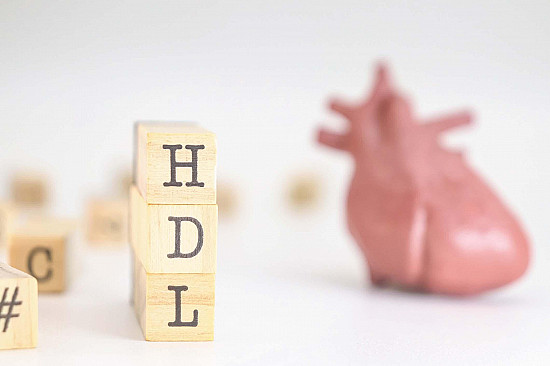Beyond "bad" cholesterol: A closer look at your blood lipids
A standard cholesterol test (also known as a lipid profile or lipid panel) tells you the amount of cholesterol and triglyceride carried in your blood. These lipids (fats) travel inside tiny particles called lipoproteins. Created in your intestines and liver, lipoproteins come in a range of shapes, sizes, and densities. The value of greatest concern is low-density lipoprotein (LDL) cholesterol, often referred to as "bad" cholesterol. Too much LDL in the bloodstream helps to create the plaque that accumulates inside arteries, raising the risk of a heart attack. The higher your LDL, the higher your risk of having a heart attack.
To continue reading this article, you must log in.
Subscribe to Harvard Health Online Plus (HHO+) to unlock expert-backed health insights, personalized tools, and exclusive resources to feel your best every day.
Here’s what you get with your HHO+ membership:
- Unlimited access to all Harvard Health Online content
- 4 expertly curated newsletters delivered monthly
- Customized website experience aligned to your health goals
- In-depth health guides on topics like sleep, exercise, and more
- Interactive features like videos and quizzes
- Members-only access to exclusive articles and resources
I’d like to subscribe to HHO+ for $4.99/month to access expert-backed content to help make smart, informed decisions about my well-being.
Sign Me UpAlready a member? Login ».
Disclaimer:
As a service to our readers, Harvard Health Publishing provides access to our library of archived content. Please note the date of last review or update on all articles.
No content on this site, regardless of date, should ever be used as a substitute for direct medical advice from your doctor or other qualified clinician.















